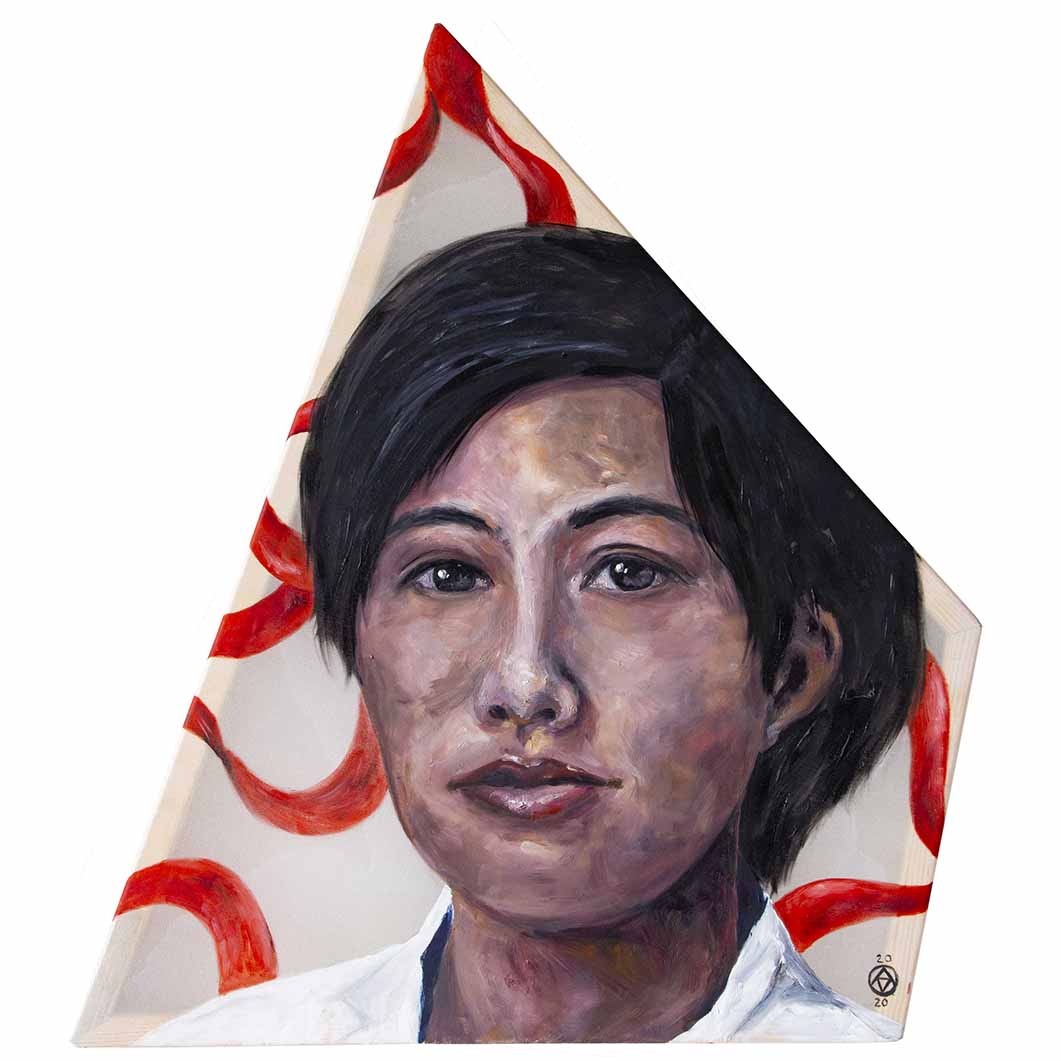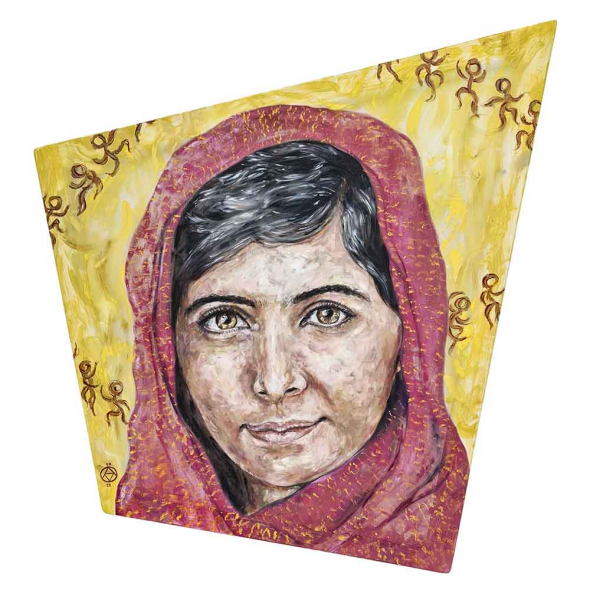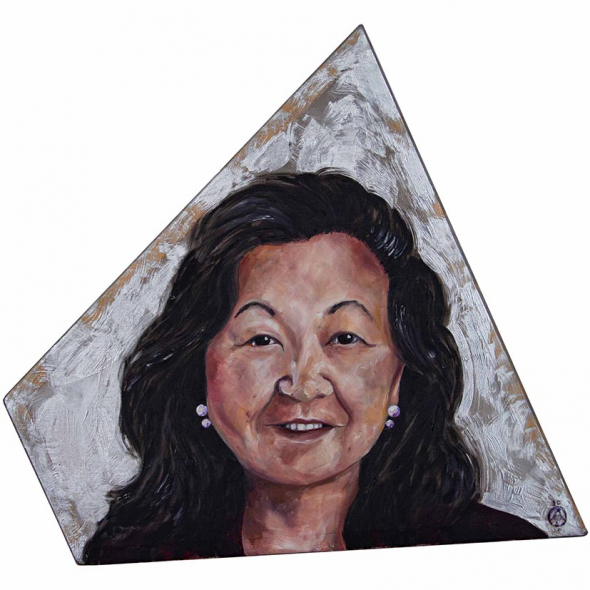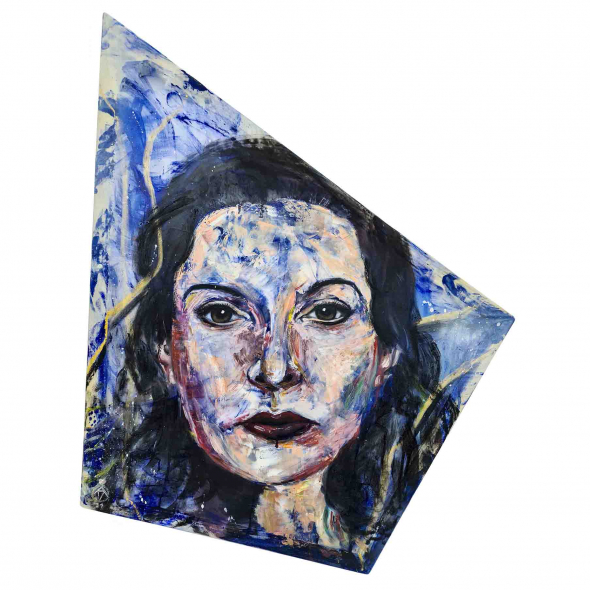Did you know that HIV can be cloned - a breakthrough that helped to create its genetic map, as well as blood tests to detect it?
Flossie Wong-Staal was the person who first managed to clone the virus, making history and dedicating her whole life to research. She was a molecular virologist who saved countless lives through her commitment to research in the field of HIV studies and other viruses. Under her leadership UC San Diego transformed into one of the leading research facilities on the disease in the world.
Early Life and Career
Born in 1947 in Guangzhou during the Chinese Communist Revolution, she moved with her family to Hong Kong and then to the US as a university student. Despite the general lack of women in China pursuing further education, her parents encouraged her in her studies, in which she opted to explore the sciences as opposed to literature, her first interest.
In 1973, a year after completing her phD in molecular biology at UCLA in California, she joined the National Cancer Institute as a postdoctoral fellow at a lab led by virologist Robert C. Gallo.
During the next two decades of her career she became a section chief in the laboratory of tumour cell biology and one of the leading researchers at NIH (the National Institute of Health).
Discoveries
Through the 1980s, the fight against retroviruses took on a new level of urgency with the AIDS epidemic affecting many parts of the world. A retrovirus is a kind of virus that implants a replica of its RNA genome into the DNA of a host cell that it attacks, thus modifying the genome of that cell. Their existence was previously denied by much of the scientific community, calling them “rumour viruses”.
In the 1980s a team of scientists led by Gallo co-discovered HIV at the same time as the French scientist Luc Montagnier. Flossie Wong-Staal and her team was the one to provide the molecular evidence for HIV, becoming the first to clone it and making other significant discoveries, thus taking a huge leap in understanding HIV and contributing to finding treatments for it. The combination of drugs used today for the treatment and management of AIDS stem from Staal’s research on the virus’ genetic material.
In 1990, the Scientist publication said she was the most cited woman in science in the 1980s with 7,772 citations in academic journals. At the same time she moved back to San Diego to lead the Centre for AIDS Research and explore ways to use gene therapy to treat AIDS and HIV, a disease which, according to Wong-Staal herself, ‘breaks many rules’.
She subsequently co-founded a pharmaceutical company called Immusol (now iTherX) and looked to discover treatments for Hepatitis C.
Her legacy lives on, not only through her many awards and honours - most notably inductions into the National Women’s Hall of Fame and the National Academy of Medicine - but also through her former coworkers and other researchers in this field, who are still inspired by her approach.



